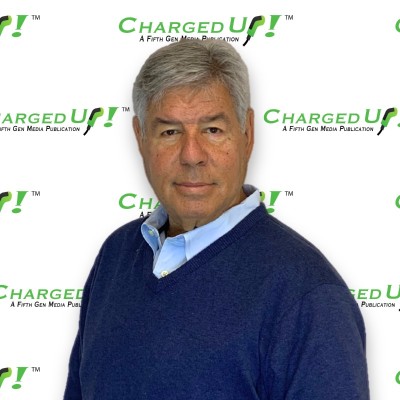DC Fast Charging: Landlords Are Quietly Building the Next Wave
- Rich Berliner

- Oct 14
- 3 min read
The headline: Big property owners are moving past pilots and into portfolio deals—treating EV charging as anchor infrastructure alongside rideshare staging, energy upgrades, and retail activation.
Simon Property Group’s national agreement with bp pulse will deploy 900+ ultra-fast bays across 75 malls, with first sites slated to open to the public in early 2026. Beyond the scale, the value lies in controlled replication: uniform parcels, consistent visibility, and utility-ready parking fields that suit 400–500 kW hardware and multi-bay layouts. For bp pulse, it’s a brand-forward, destination-centric footprint that complements highway sites and concentrates O&M and marketing. For Simon, it’s traffic, dwell time, sponsorship surfaces—and a modern amenity that signals relevance to retailers.
In another example, Caliber (a commercial real estate investor) has teamed with InCharge Energy and Current to build EV charging across hospitality, multifamily, and industrial assets—bundled with rideshare hubs and energy-efficiency measures. InCharge will design, construct, and service the sites, backed by its InService maintenance program and InControl software—useful for uptime SLAs and MTTR accountability. Early projects focus on Phoenix-area hotels and properties, marrying overnight dwell (guests, residents) with throughput from rideshare staging and local visitors.
Why landlords are leaning in now
Two forces are converging. First, retail landlords have discovered that fast charging extends visit duration and can lift tenant sales when paired with validation or loyalty offers—a better story than just kWh revenue. Second, portfolio-level agreements compress soft costs: master templates for leases, utility coordination, single-line diagrams, and equipment buys. The bp–Simon pact is a clean example: one counterparty, repeatable sites, national brand standards.
There’s also a strategic backdrop. bp pulse restructured in 2024, narrowing to core markets (U.S., U.K., Germany, China) while reiterating a focus on fast-charging hubs and disciplined returns. That context makes the Simon deal even more instructive: fewer scattershot locations, more high-yield destinations with predictable demand and strong co-tenancy.
The emerging playbook (and how to use it)
Bundle the business case. Pitch a three-ledger model to owners: (1) charging revenue and incentives; (2) retail lift/dwell-time gains for tenants; (3) OpEx savings from paired efficiency retrofits (lighting, controls, HVAC). Caliber’s structure—charging + rideshare + efficiency—shows how avoided costs and new traffic can fund capex beyond simple utilization curves.
Design for throughput, not just count. Prioritize 6–12 bays with clear ingress/egress, pull-through stalls, and 24/7 access. Standardize canopies, lighting, cameras, and on-site spare parts caches to cut repair delays. Bake uptime SLAs (97–99%) and MTTR metrics into contracts—then verify with remote diagnostics and monthly reporting. The InCharge scope hints at this direction.
Pre-wire the portfolio. Create a prototype single-line diagram, ADA layout, and signage kit; replicate across a cohort of centers to shorten permitting and utility timelines. The Simon deal’s 2026 openings imply utility upgrades and transformer slots need to be locked now.
Integrate mobility, not just plugs. Rideshare staging smooths utilization during EV adoption dips and attracts food-and-beverage spend. Add curb management, Ebike micromobility docks, and parcel lockers to turn passive parking into revenue-stacked mobility hubs. Look at Caliber’s plan as the blueprint.
Risks to manage
Grid lead times: Hitting 2026 openings requires 2025-grade utility windows. Treat make-ready like a critical path, with escalation cadences and contingency cabinets.
Demand variability: With incentives in flux and consumer sentiment uneven, rideshare/fleet-adjacent demand can stabilize throughput while retail validation cushions price sensitivity.
O&M creep: Vandalism, winter operations, and demand charges erode margins—justify battery buffering or managed charging where tariffs spike.
Bottom line
The takeaway for CPOs and owners is straightforward: portfolio-scale, amenity-led fast charging is moving from experiment to template. The Simon–bp pulse and Caliber–InCharge–Current deals show how to win: pair ultra-fast hubs with mobility orchestration and efficiency upgrades, then replicate ruthlessly. The results are better ROI for landlords, stronger unit economics for operators, and a faster, more reliable experience for drivers.






Comments